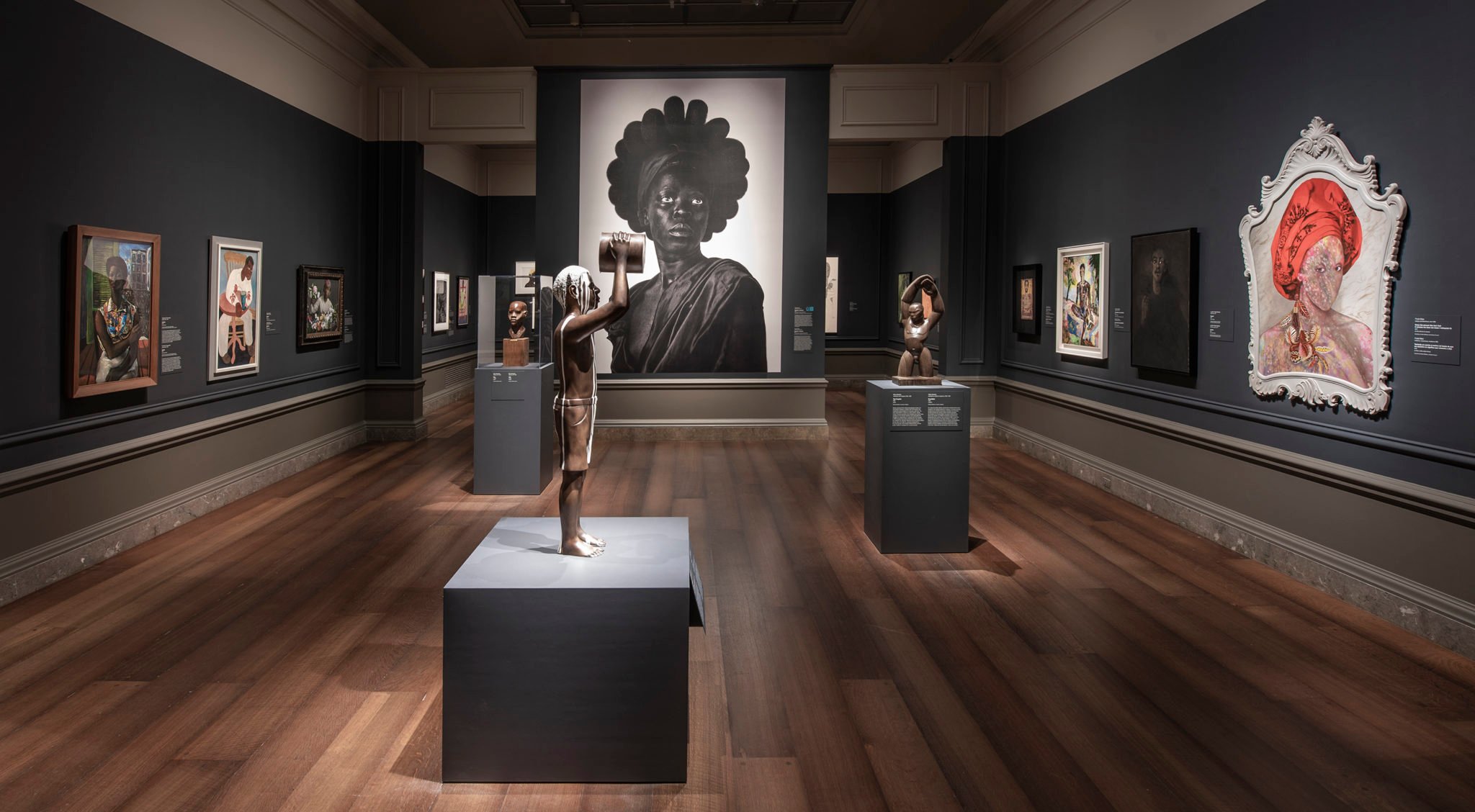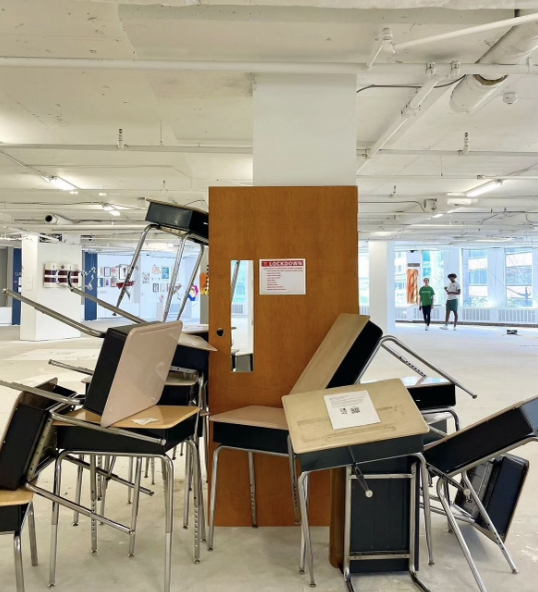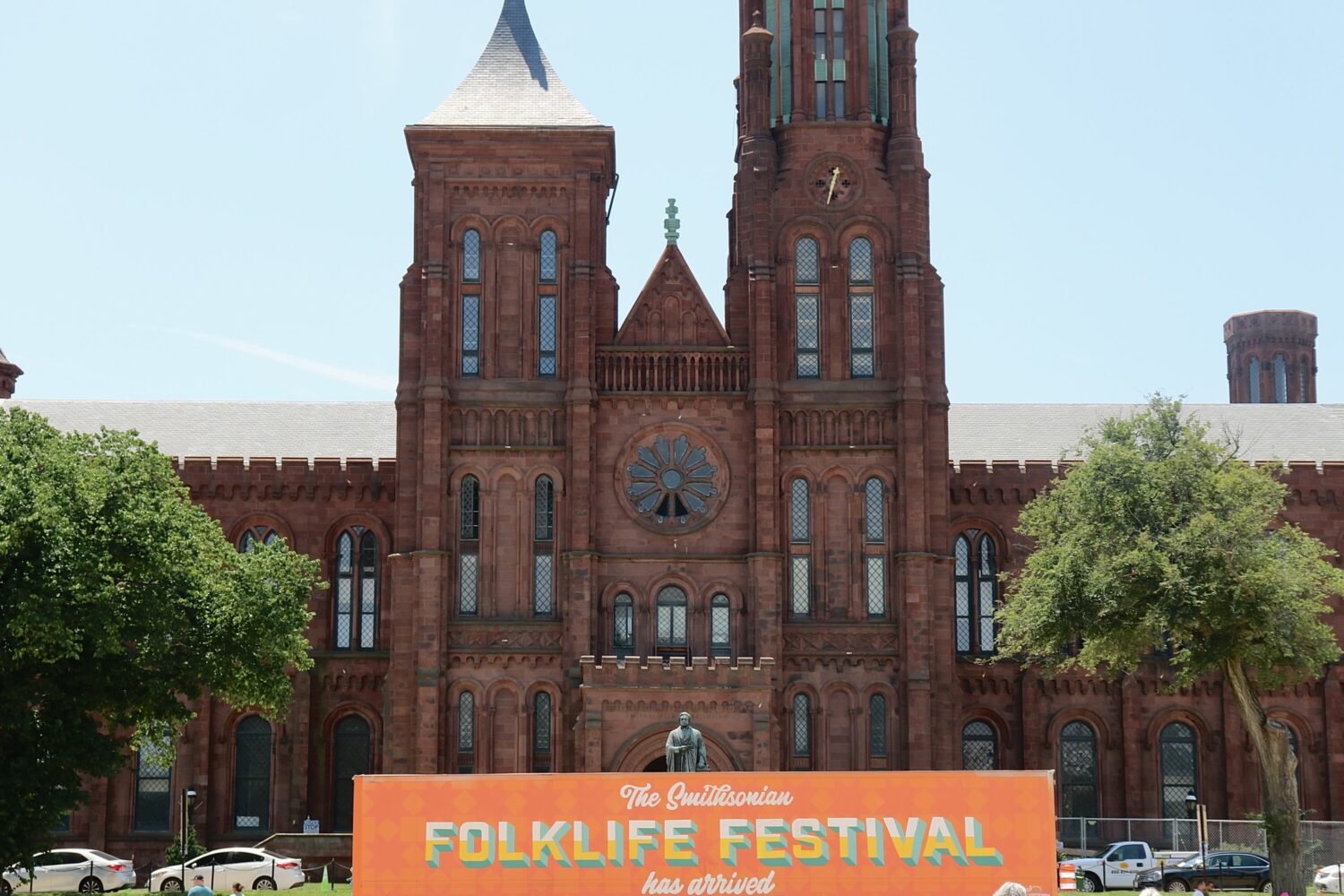The highly anticipated Afro-Atlantic Histories exhibit at the National Gallery of Art opened Sunday and will be on view through July 17.
Traversing five centuries, multiple continents, and over 130 artworks, the remarkable exhibit reexamines the historical and cultural experiences of Black and African people as told through the histories of the African Diaspora and the transatlantic slave trade.
The exhibit travels through time and across the thematic narratives of maps, enslavements, everyday lives, music, portraits, and resistance, to reveal the lasting legacies of Afro-Atlantic histories and experiences. Here is a look at some of its works:
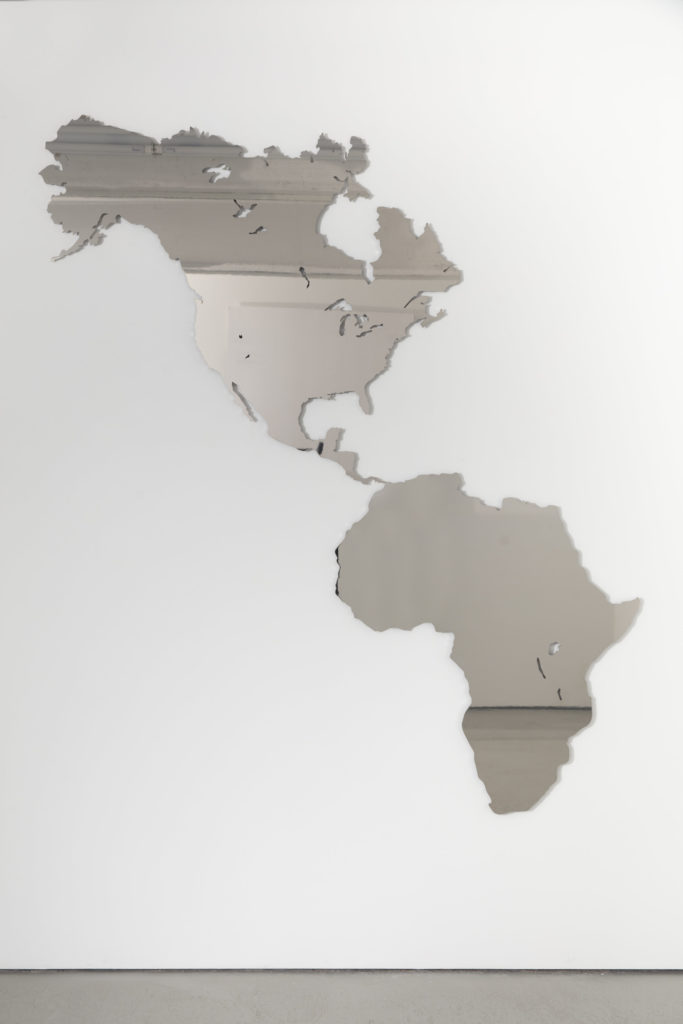
Hank Willis Thomas’s A Place to Call Home (2020) greets visitors upon entering the exhibition. A Place to Call Home depicts a connected North America and Africa in lieu of South America. The replacement speaks to how African Americans navigate their sense of belonging within both places. The mirrored surface also encourages reflection from all viewers.
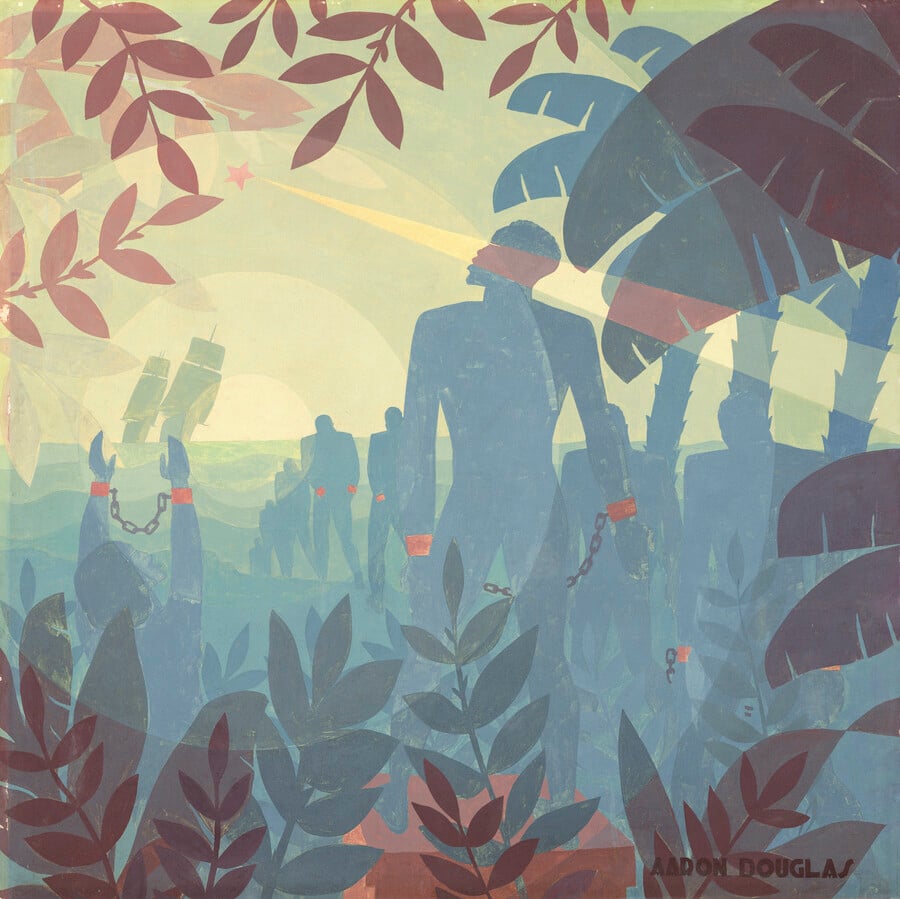
Aaron Douglas’s Into Bondage (1936) is included in a section of the exhibition that focuses on the horrors of slavery and the immense struggles for emancipation. Into Bondage is a moving portrayal of enslaved Africans headed for the Americas. The somber work seems to communicate glimpses of hope as a woman raises her hands towards the sky and a man gazes toward the North Star in a powerful stance.
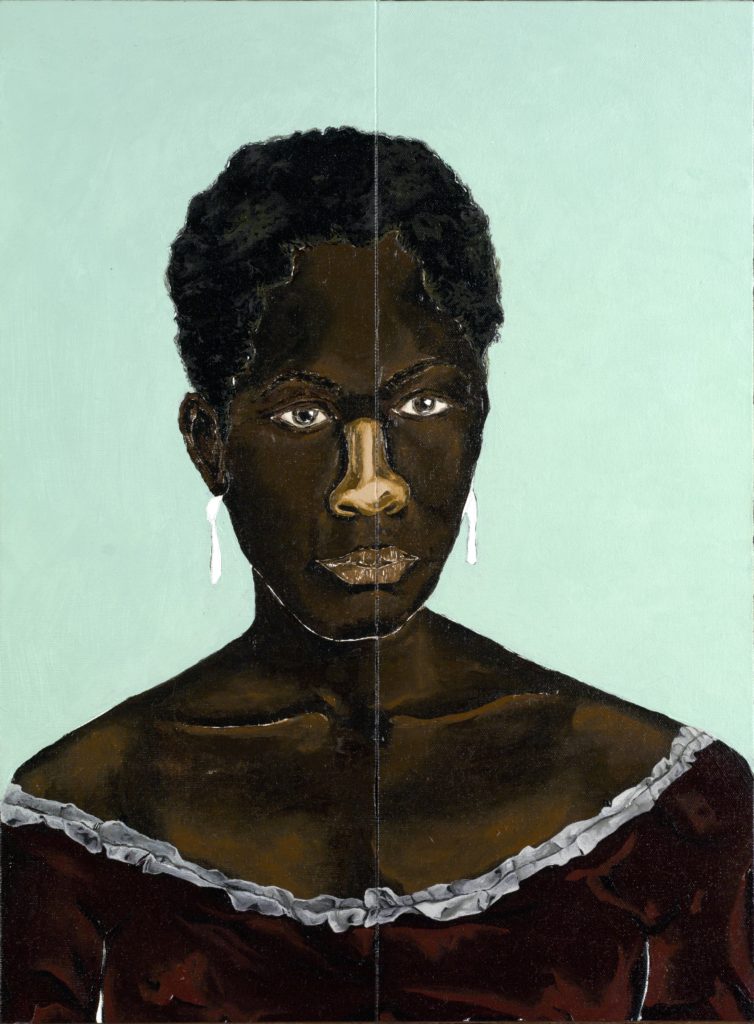
Dalton Paula’s Zeferina (2018) was commissioned for the original exhibition showing at the Museu de Arte de São Paulo, and portrays an influential leader of a slave rebellion who was sentenced before receiving recognition for her efforts. Since Zeferina’s face was never recorded, Paula had to fully imagine her appearance and purposefully left her earrings unfinished to signify her undefined legacy.
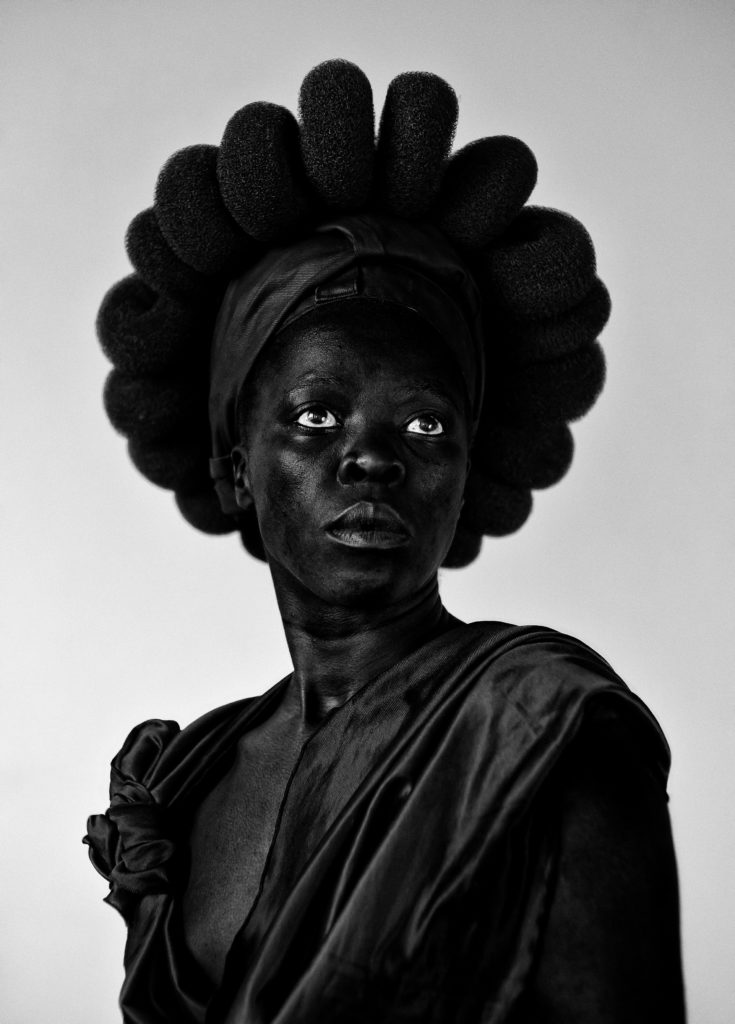
Zanele Muholi’s Ntozahke II (2016) is a striking self-portrait in which the artist mimics the Statue of Liberty in a draped cloth garment and hair doughnuts that form a crown, with a gaze off into the distance. The National Gallery was provided with a digital file of the work and allowed to present the image at any size. The curators chose to display Muholi’s mural at a whopping 12 feet tall to accentuate the piece’s powerful commentary on freedom.
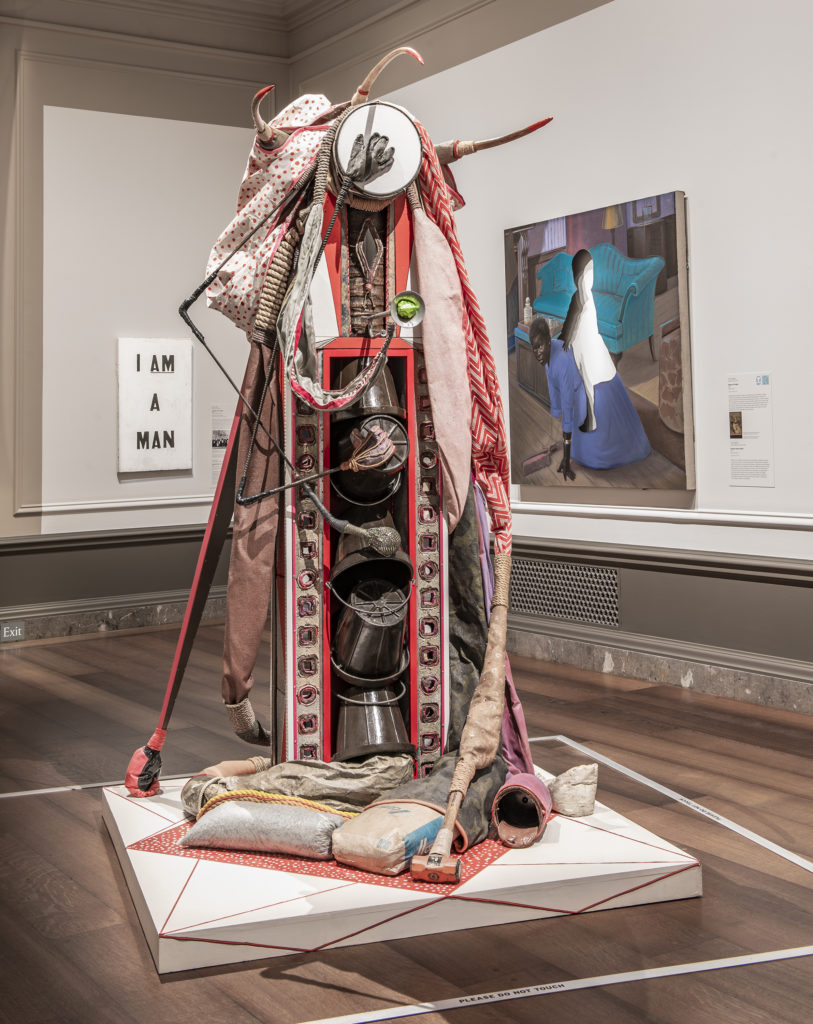
The last room of the exhibition displays articles of resistance and activism from throughout the Black Atlantic. Daniel Lind-Ramos’s Figura de Poder (2016–2020) is made of a collection of found commonplace materials from Lind-Ramos’s Afro-Puerto Rican community in Loíza. The everyday objects evoke carnival traditions, music, sports, and other pieces of community life as a site of cultural resistance through this distinctly dynamic sculpture.
More information about the exhibition and programming can be found online.

